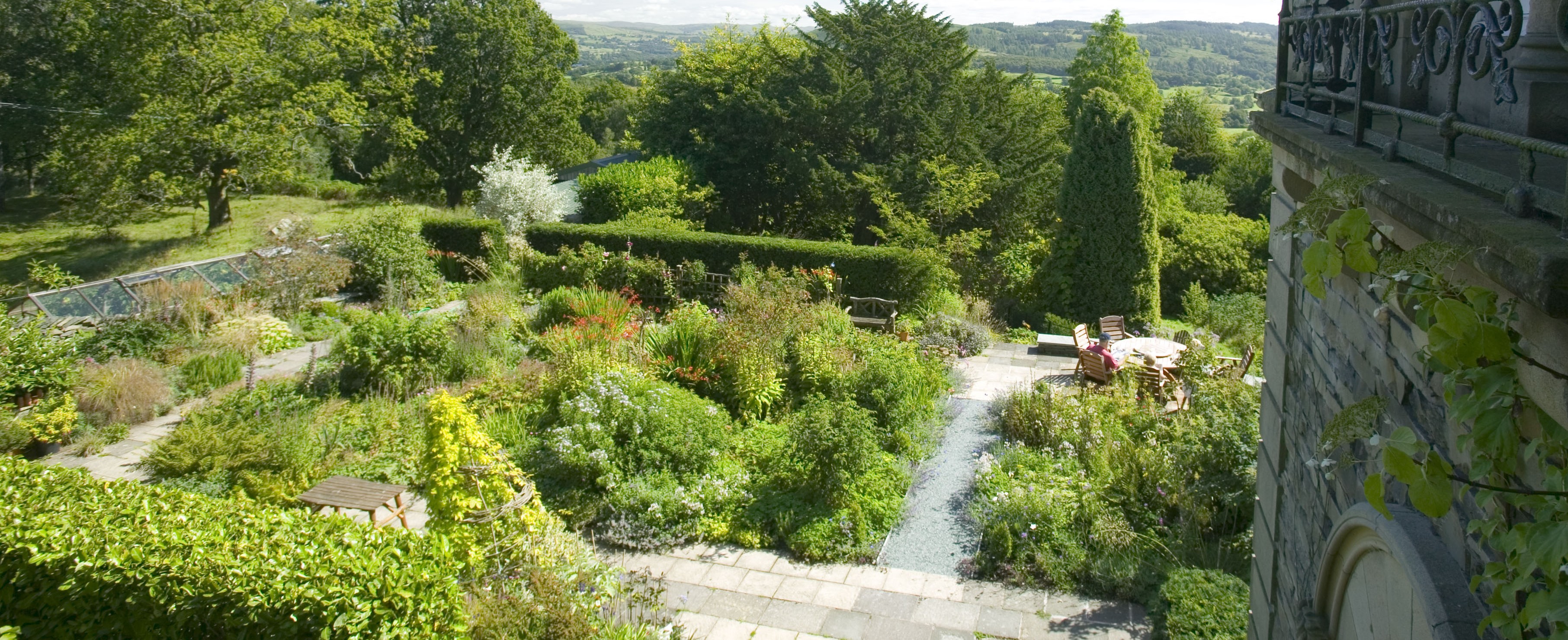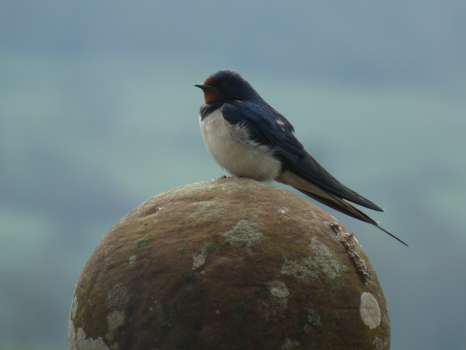What a spring we are having! The dry and warm continental weather goes on and on. We keep hoping for a thunderstorm here at Yewfield but as yet in vain. So we are watering and mulching for hours in the mornings to keep flowers and veg alive. The swifts and swallows are loving it though. Yes they returned - six swifts are screaming around the house as I write. ‘Hooligans of the airwaves’ Ted Hughes called them. They arrived about ten days late, which has been a country-wide phenomenon this year. The reasons are not clear, but the late arrivals may be due to stormy weather along the migration route.
Farmers are taking their first cut of haylage in the valley and it is tempting for us to start cutting the front lawns for hay. Haylage is partially dried hay that is wrapped in plastic to keep the air out. This machine intensive forage practise has revolutionised hay making in the Lake District in the last couple of decades as there isn't the need to completely dry the hay before storage. The grasses are tall and in full flower but we are expecting heavy rain in a few days. We need four or five days of dry sunny weather to make good hay so we will have to wait. Northern marsh orchids are popping up through the hay meadows with common spotted and heath spotted orchids soon to follow.
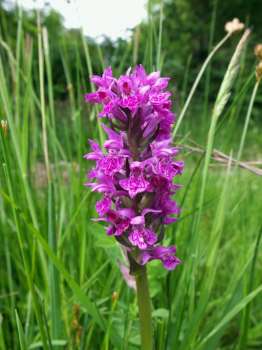
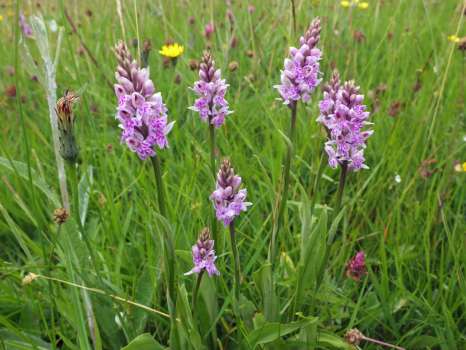
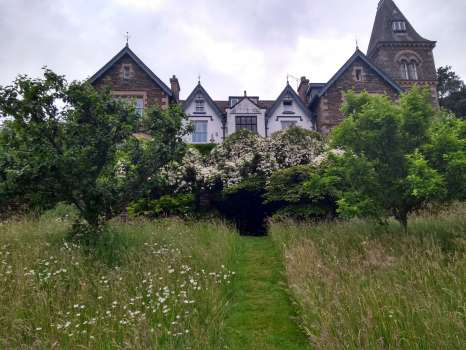
The patio area is full of colour right now. Surreal blood red oriental poppies float ethereally over red campion, alliums, Geranium psilostemon and day lilies. Growth on the patio is lush and blowsy so a little order is called for. Box pyramids will get a prune this week, bringing a little discipline to the chaos.
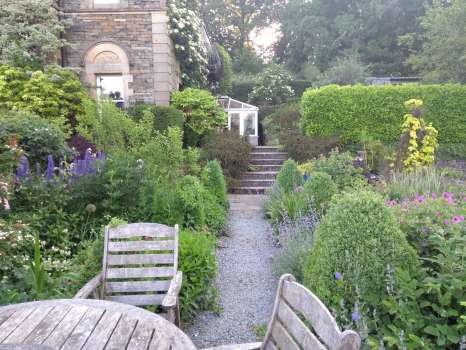
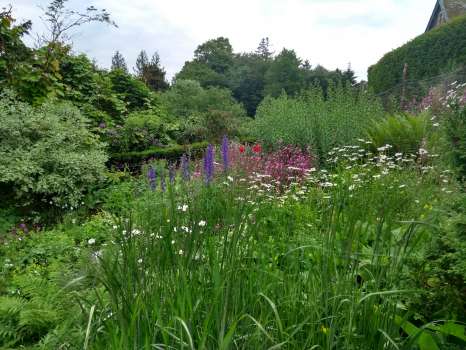
There is a lot of concern this spring about the health of our pollinators. This winter we lost three beehives but we have two left and hope to add another couple before the summer is out. Friends of the Earth are doing a bee survey so we are trying to identify the many species coming to our gardens. We find their app useful for identification https://friendsoftheearth.uk/beecount. We love this kind of citizen science. One learns a lot and the data may be useful for scientists to get a baseline of where we are at with our pollinators.

Go back to all blog posts or read the next entry in our blog here →
You can also read the previous blog post here.
